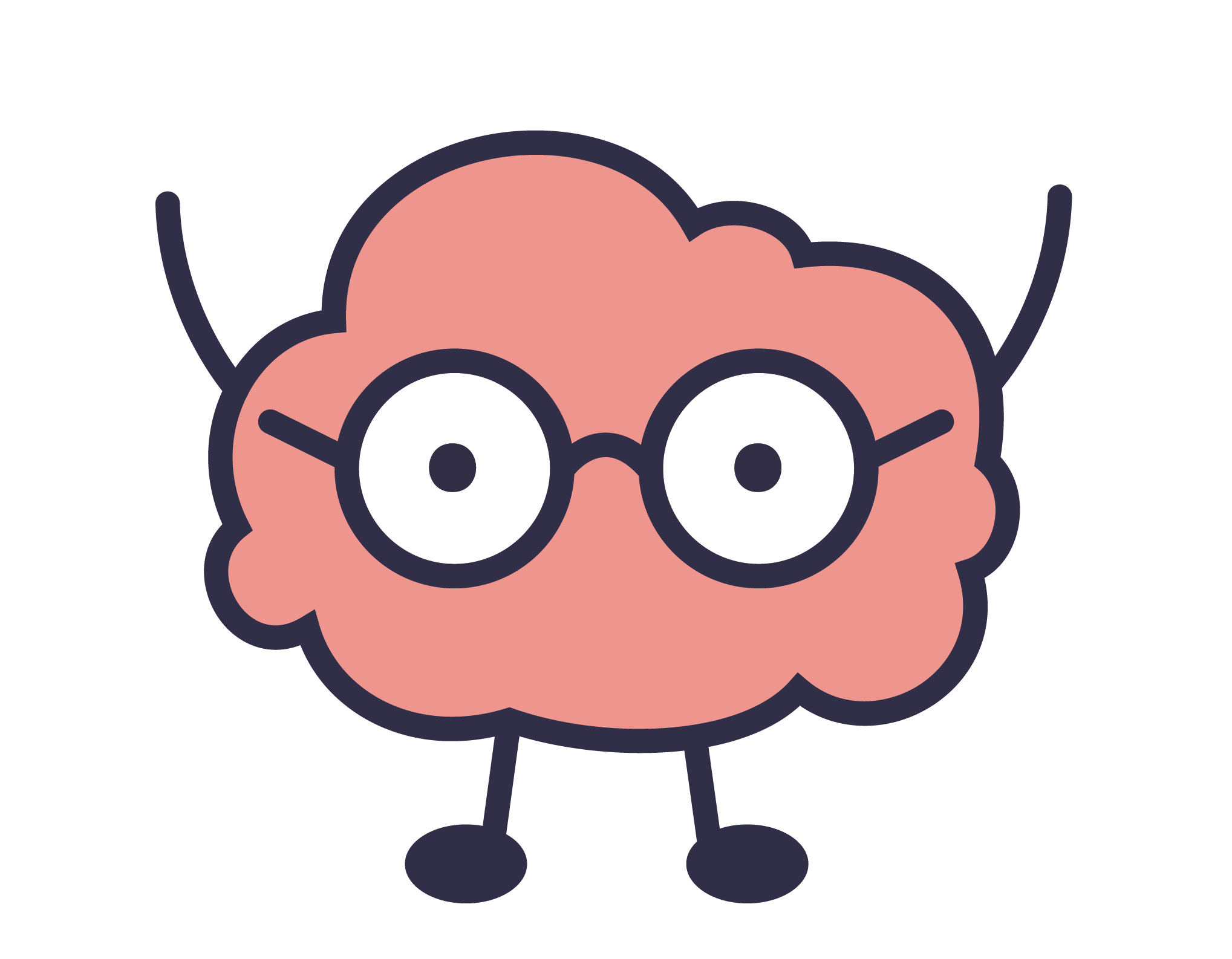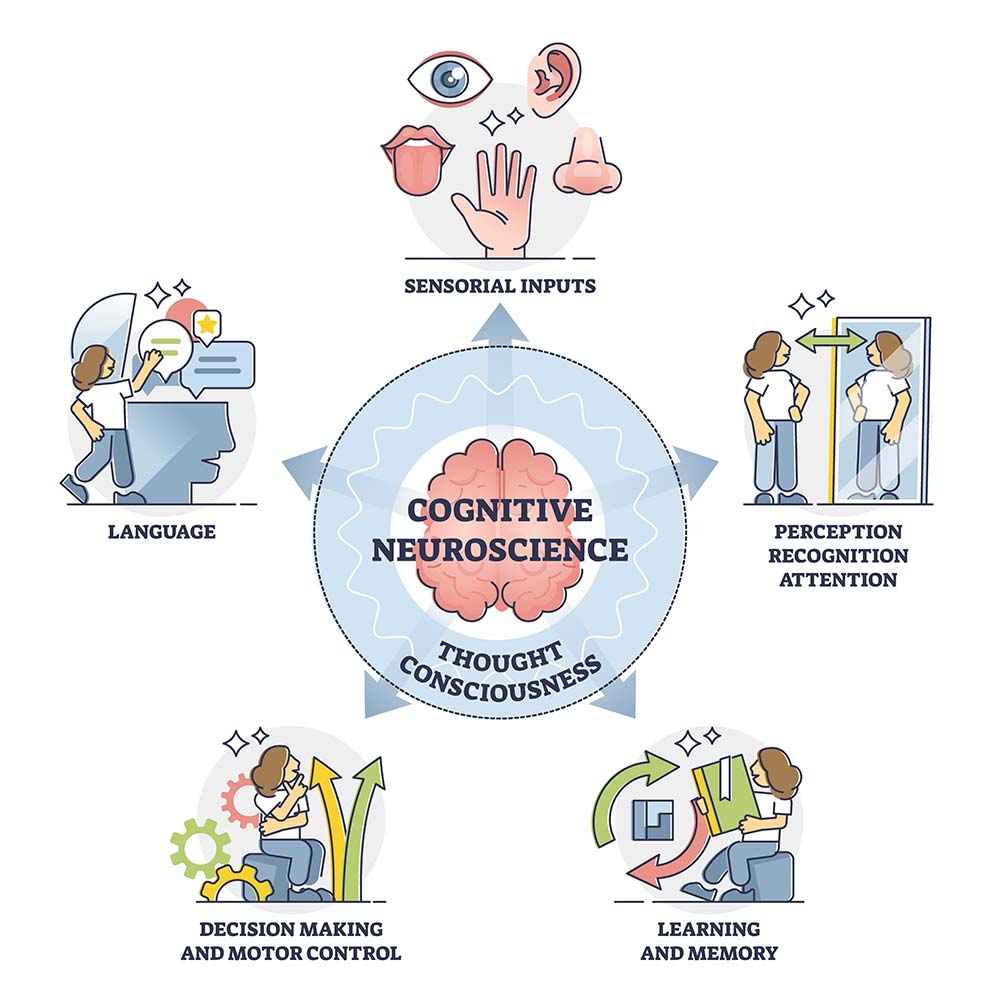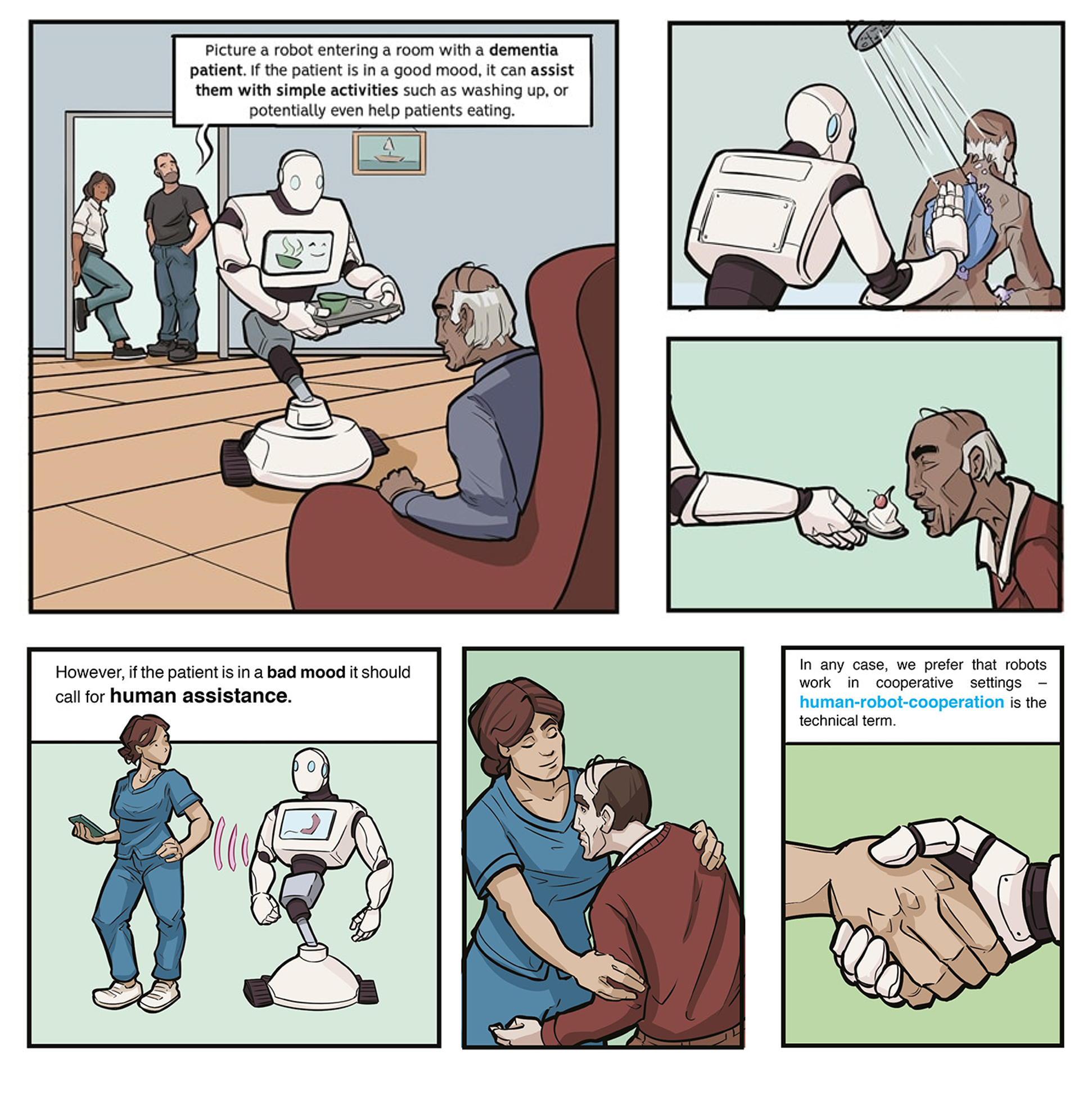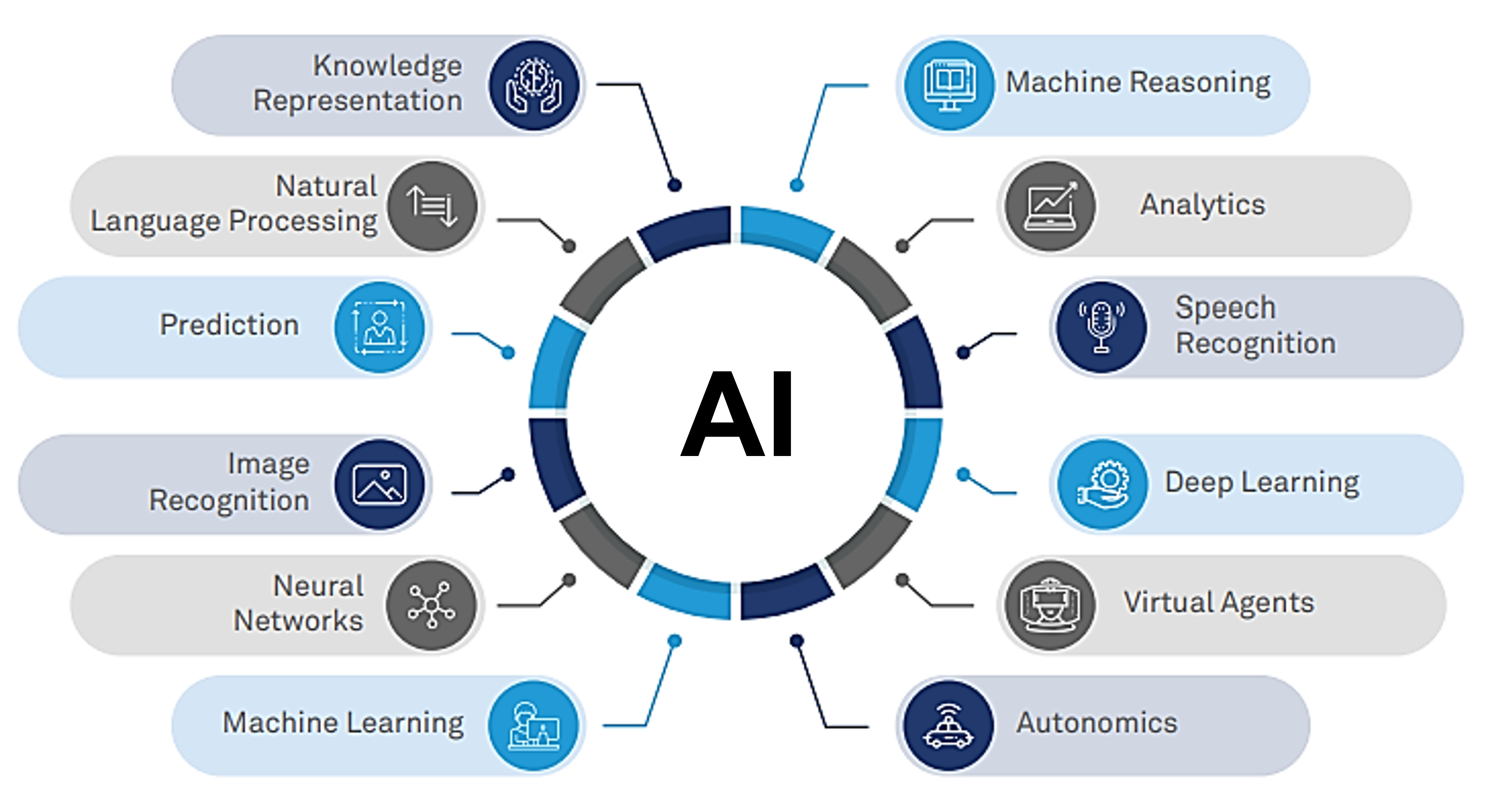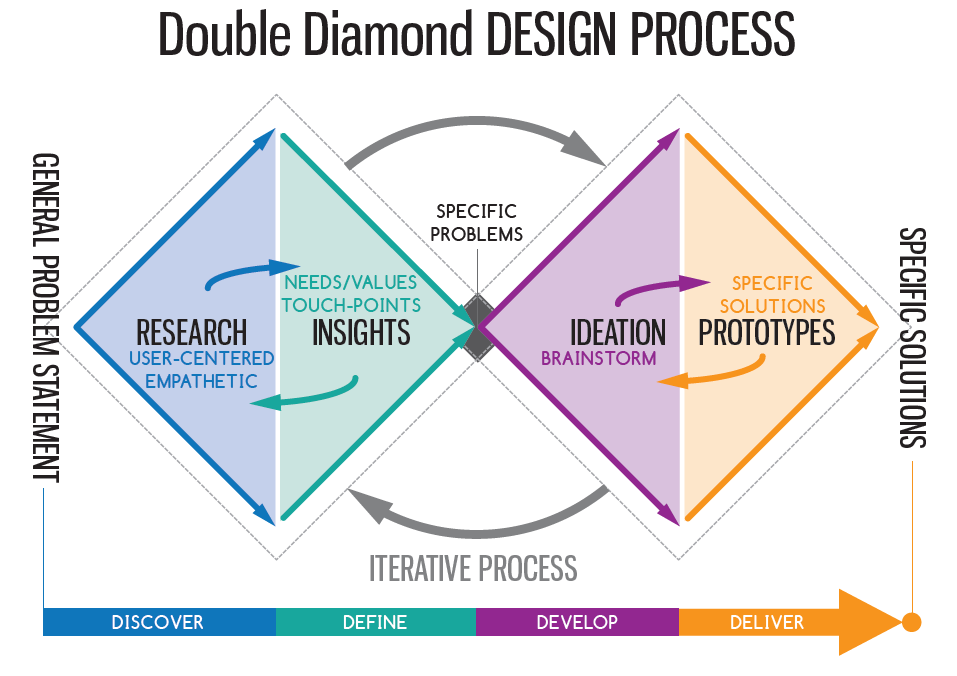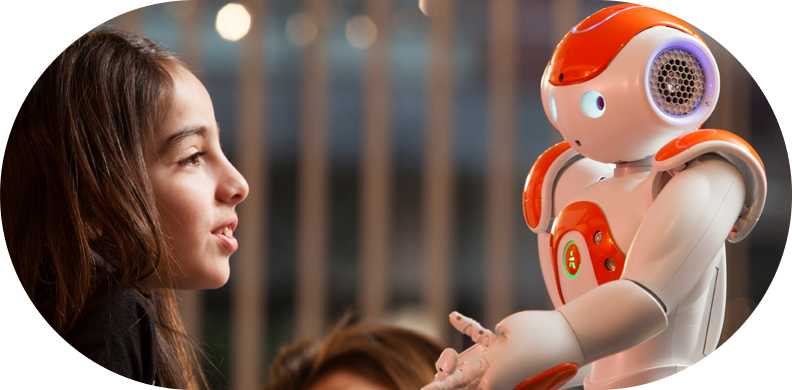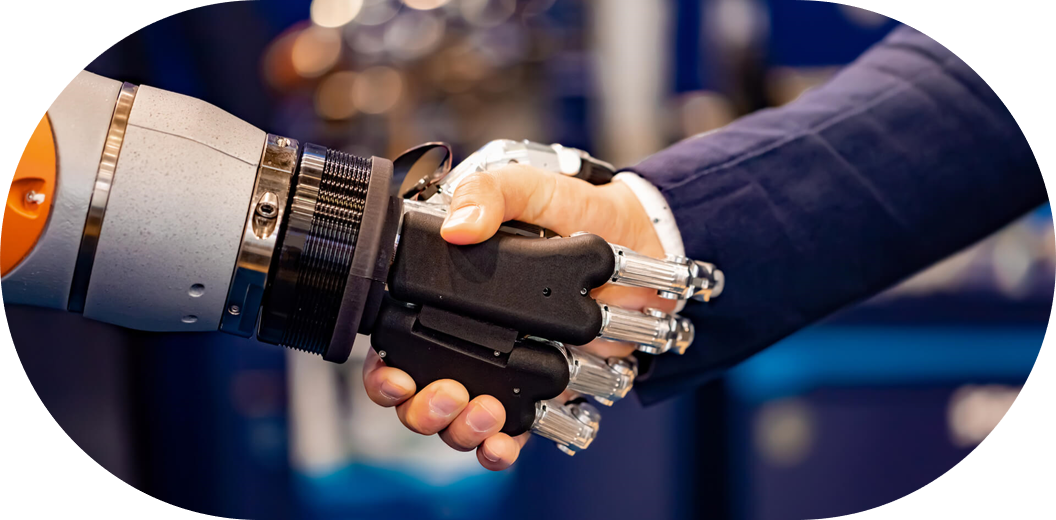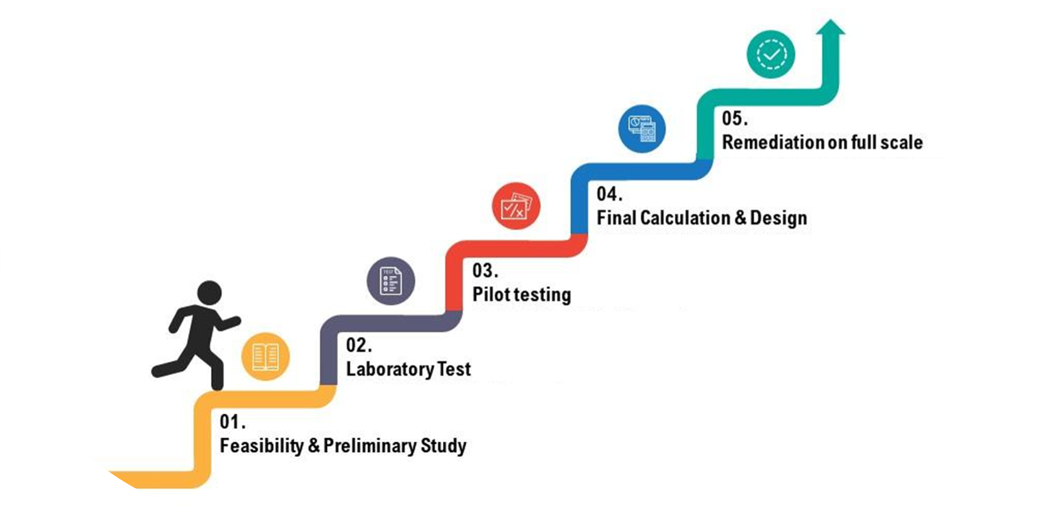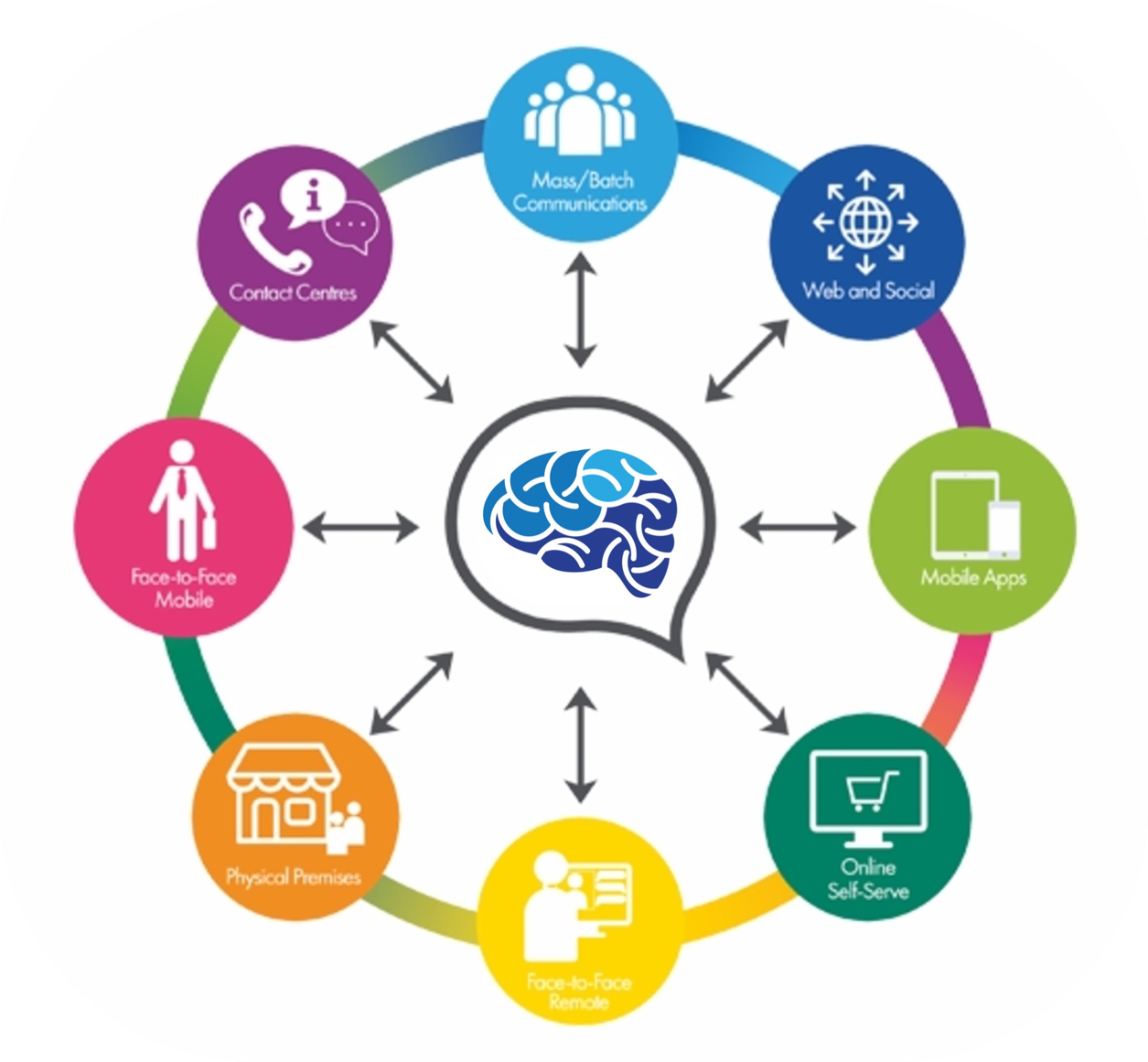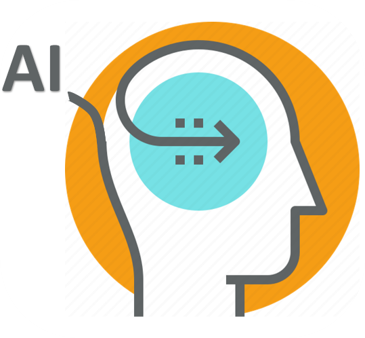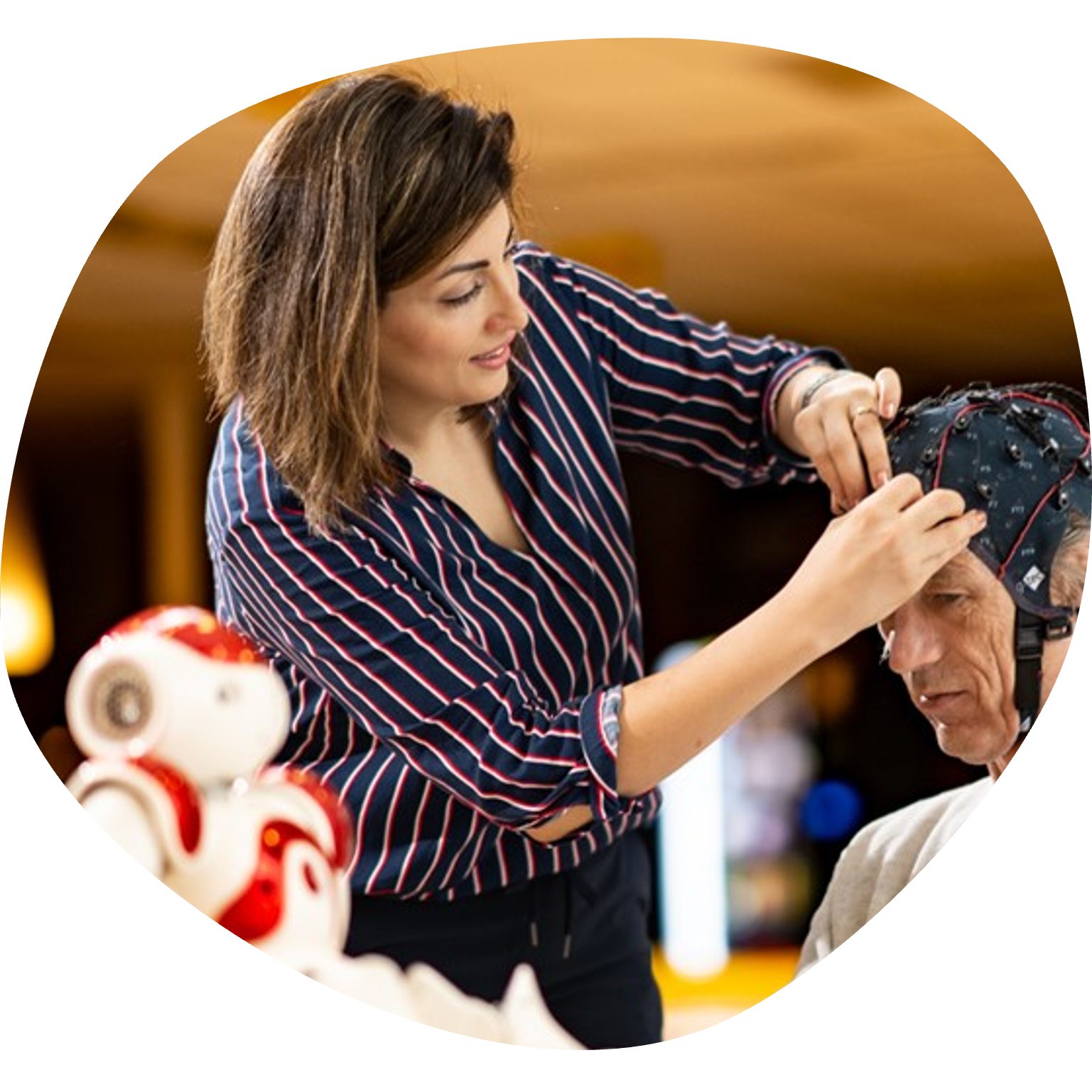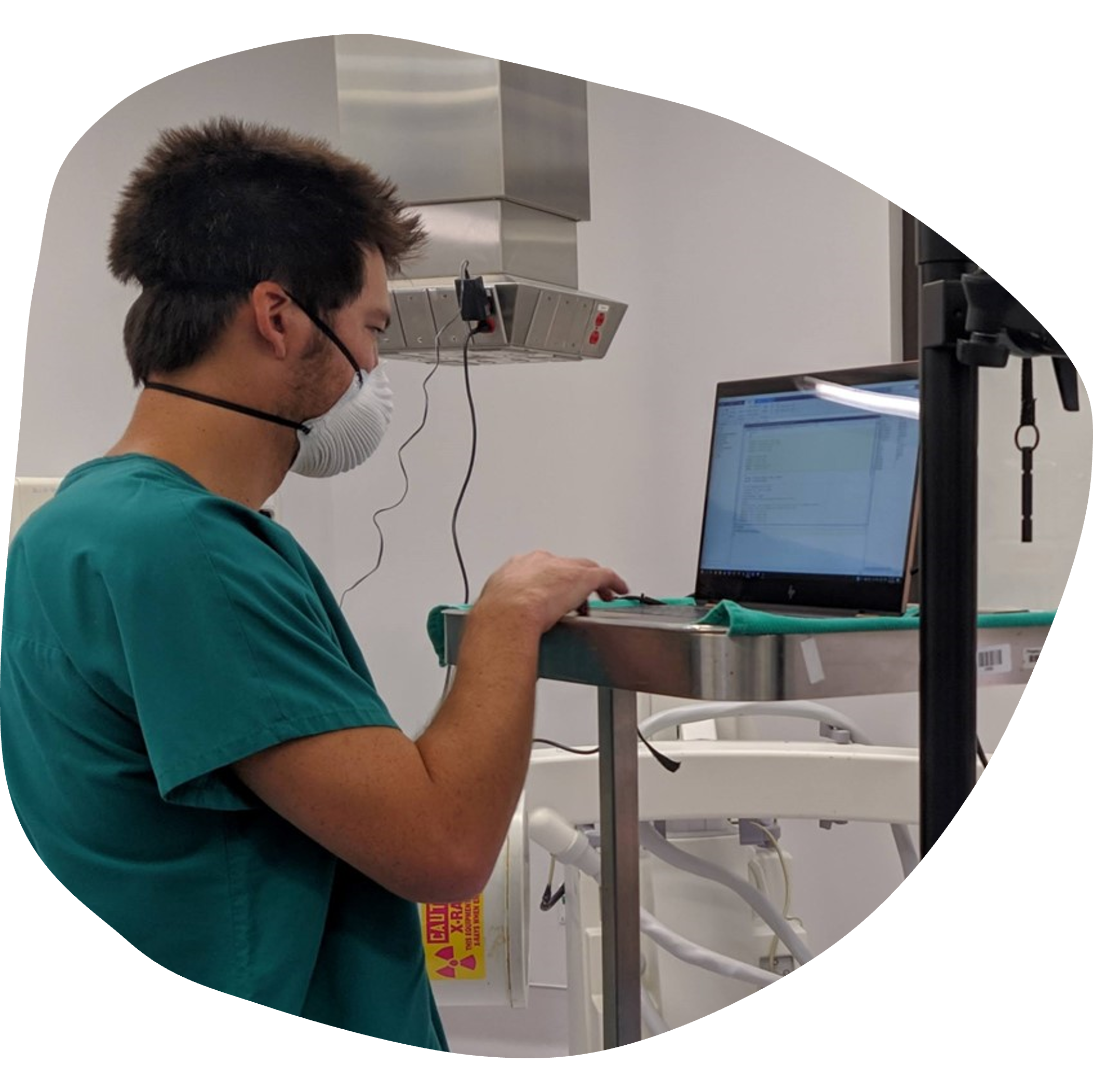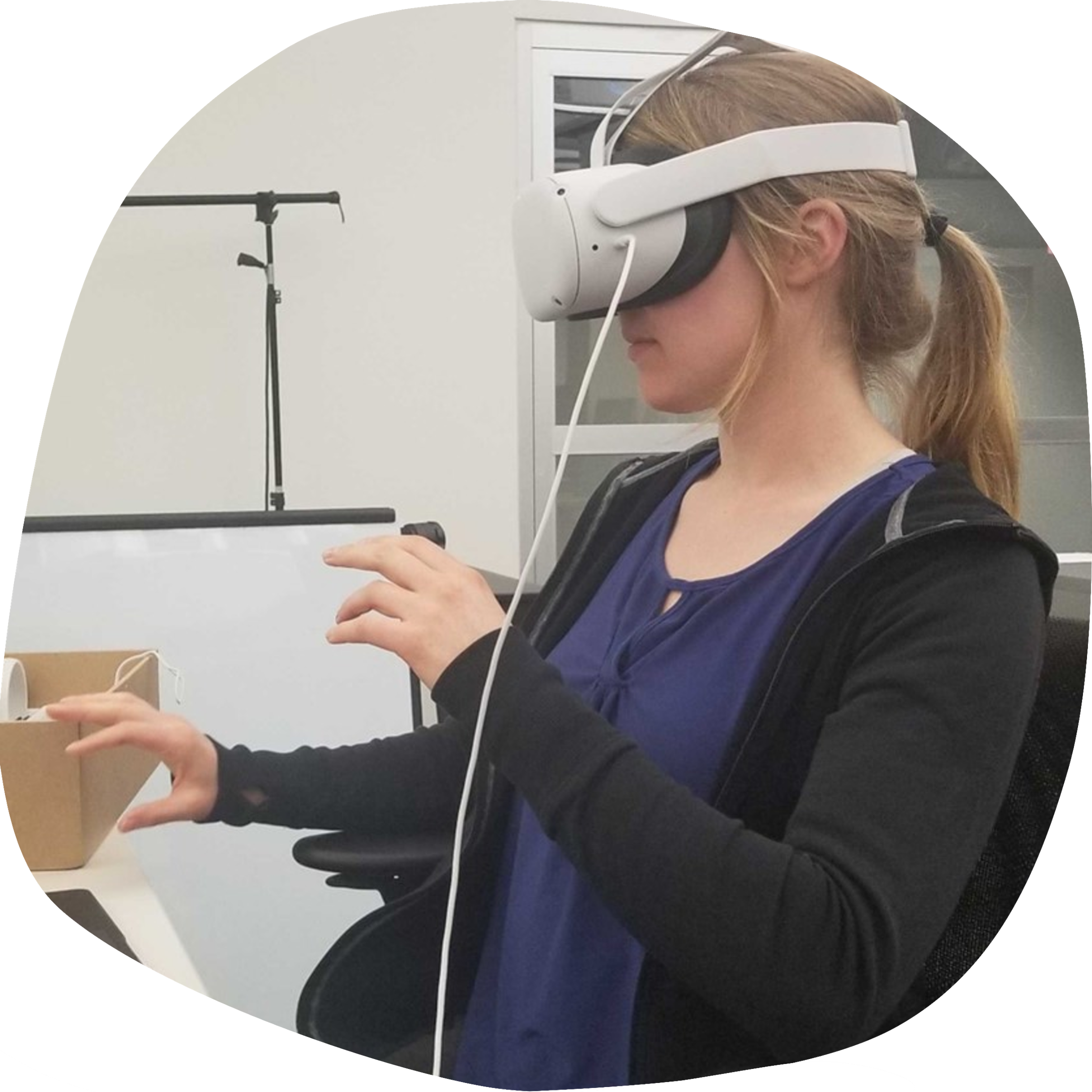Problem
- Current robots interacting with humans don't understand personalized intents, attentions, specific needs and/or emotions to serve people appropriately in different contexts.
- The design of interactive robot behaviors doesn’t match human's intuition, user's expectations or social norms, such that the people have a hard time interpreting the objectives of the robots.
- The humans and the robots don't have mutual understandings to perform coordinated, co-adaptive joint actions in close contact, proximity or tele-operated spaces.
- The human-machine interfaces are not ergonomically designed. The software AI algorithms or the embodied intelligence in mechanisms used in applications lack the cognitive smoothness for the people to interact with. As a result, human and machine cannot communicate naturally and effortlessly.
- The academic HRI researches have difficulties to enter into the consumer markets to make immediate practical impact.




.svg)

